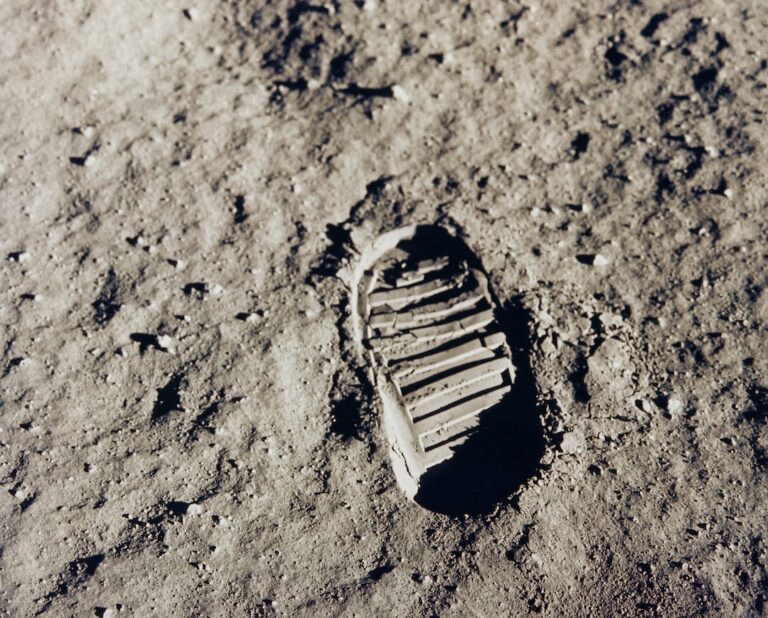Exploring and Analyzing Supernovas: A Scientific Study

Source: images.unsplash.com Introduction In the vast expanse of the universe, supernovae are celestial events that capture the fascination of scientists and astronomers alike. These explosive events occur when a massive star reaches the end of its life cycle, resulting in…









